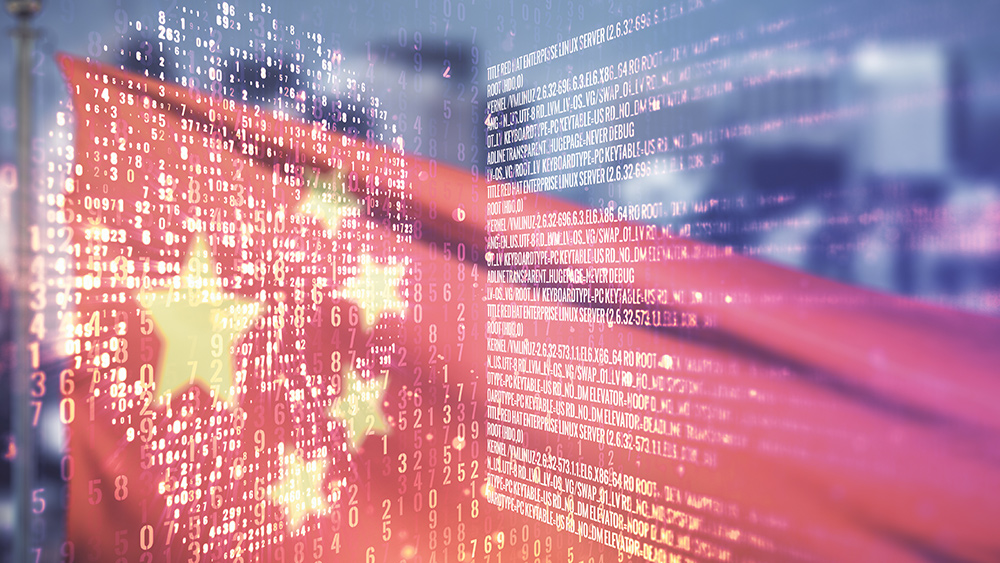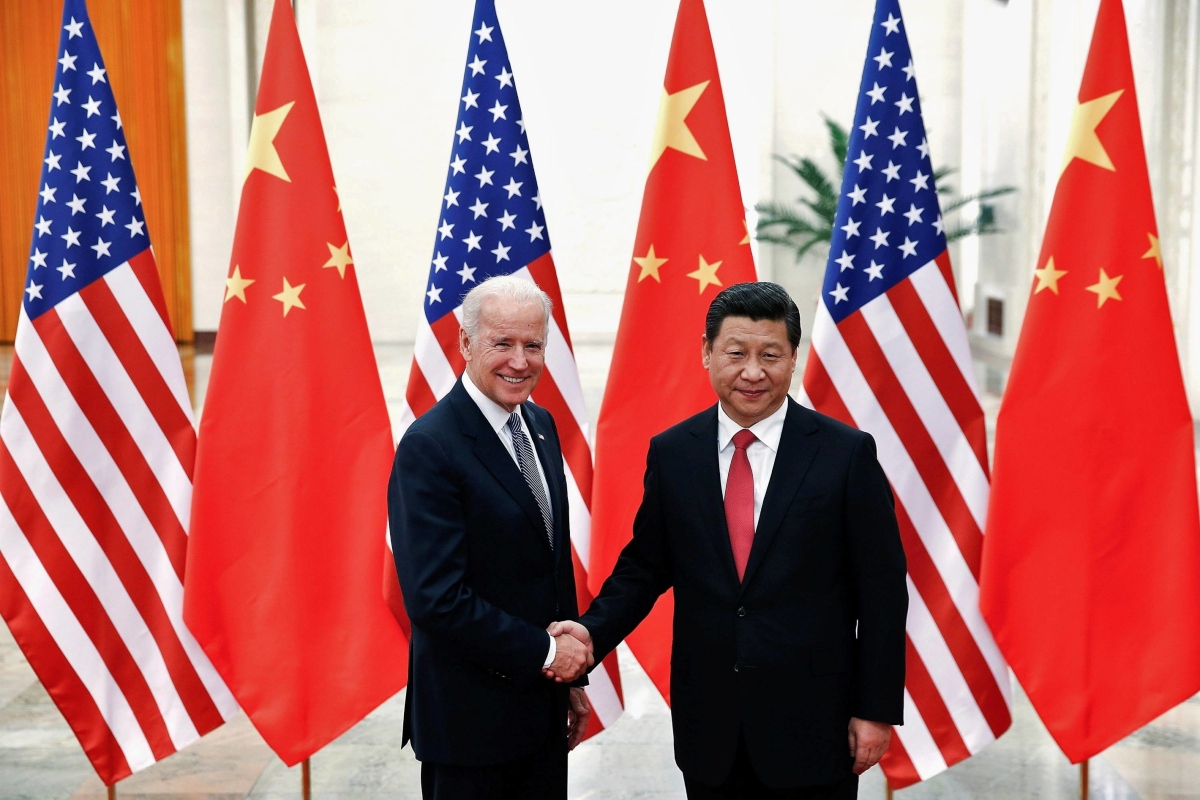
The fake merchandise, consisting of 1,200 boxes falsely branded with the labels Chanel, Christian Dior, Estée Lauder, and L'Oréal SA's Lancôme, was seized in a series of seven separate raids. Fifteen people were arrested, and 13 of them have been charged with crimes.
The ongoing operation began last year, when reports surfaced that an online store was selling cosmetics falsely labeled with the Amway brand name. Chinese police investigated and eventually raided the online store's warehouse, confiscating 100 boxes of counterfeit Amway cosmetics worth $30,000. That raid led to information that allowed police to identify the seven other operations that were recently raided.
A major industry
According to police, the counterfeit cosmetics ring was distributing fake products nationwide. The fake products were sold for a 900 percent profit. The counterfeiters had a policy of quickly responding to any complaints with a full refund, in the hopes of avoiding calls to the police.
One man has allegedly confessed to running the manufacturing end of the ring. He says that he bought the ingredients online, then purchased the packaging from Guangdong province to the south. The bar codes on the boxes were copied from authentic products.
Guangdong province appears to be a major center for this type of activity. In 2015, there were 56 raids in that province alone, netting counterfeit cosmetics valued at $11 million. Those products were being produced by just two workers. In some cases, they had bribed employees of the actual cosmetics companies in order to acquire the special anti-counterfeiting packaging used on the real products.
In 2012, the U.K. Intellectual Property Office published a report warning that counterfeiting of cosmetics was on the rise globally, with China playing the leading role. That same year, Chinese police seized more than $3 million of bogus cosmetics, including counterfeit Botox.
Just days before the most recent raids, the Hong Kong cosmetics chain Colourmix was levied with a fine of more than $20,000 for possession 481 makeup bottles falsely labeled with the brand name Bioderma. The bottles had been identified in a raid in 2015.
Fraud at all levels
Counterfeiting of all types is a major business in China, which the government struggles unsuccessfully to suppress. Every year, tens of thousands of people are arrested for producing and selling false goods.
In January, Chinese police shut down a hub of 50 separate factories that were producing seasonings falsely labeled with major brand names, such as Nestle and Knorr. The seasonings were made primarily with industrial-grade salt, artificial colors, and food additives. Police said they believed that the factories had been in operation for more than a decade. (Related: Learn more about counterfeit ingredients from China.)
Public interest activists have warned that the culture of counterfeiting places the safety of consumers at risk -- not just those in China, but anyone who purchases or consumes products manufactured there.
Even scientific research in China is widely fabricated, according to a recent study by the State Food and Drug Administration (SFDA). The agency spent a year reviewing clinical trials of drugs submitted for approval, and found that 80 percent contained data that had been fabricated.
Implicated in the research fraud were pharmaceutical companies, medical staff, and intermediaries.
Not that this particular problem is necessarily limited to China. According to world renowned medical scientist John Ioannidis, the medical research system is so rife with fake data that it may be irredeemable.
Ioannidis says that consciously or unconsciously, researchers skew their data in a hundred tiny ways to get the hoped for results. These ways include asking the wrong research questions, recruiting the wrong populations, measuring the wrong variables, designing interventions poorly, analyzing data poorly, and presenting results inaccurately.
Sources for this article include:
Please contact us for more information.






















